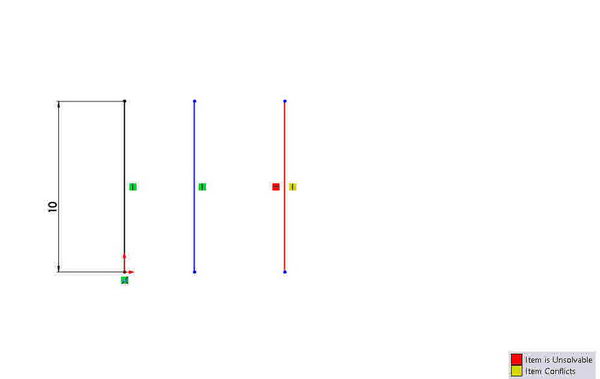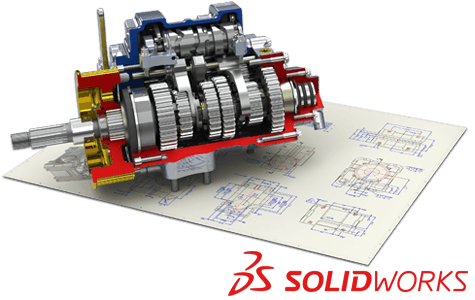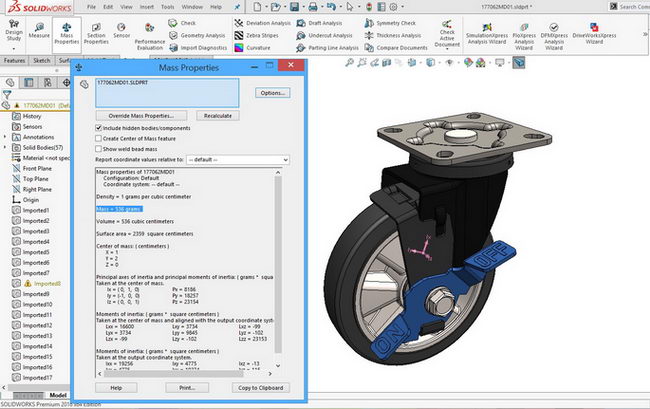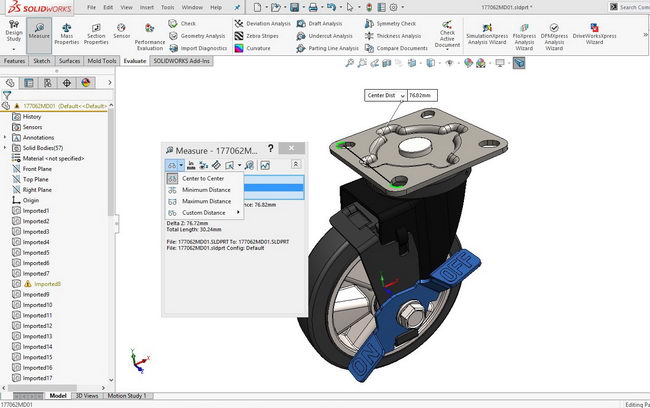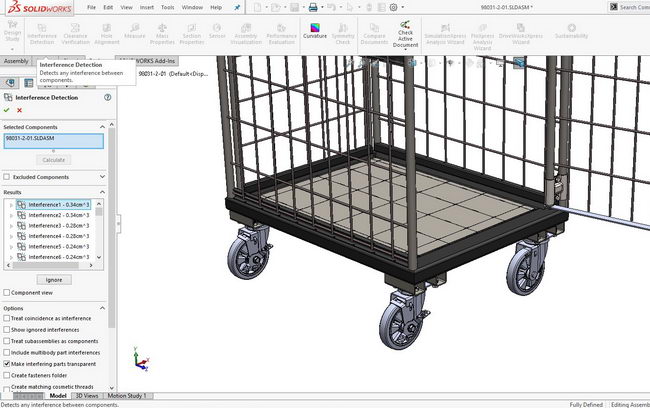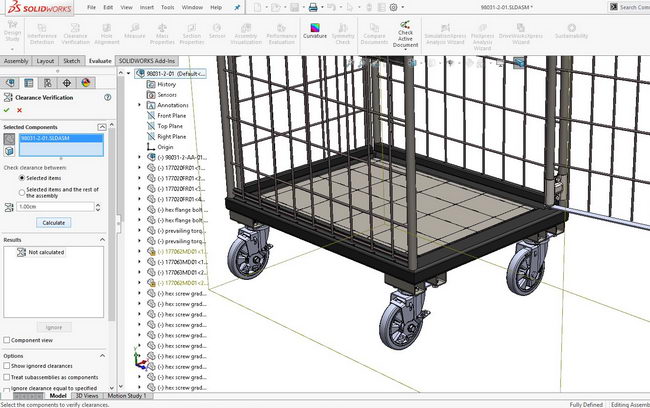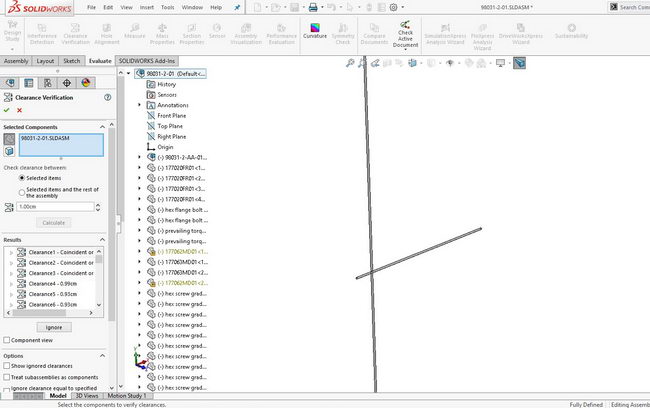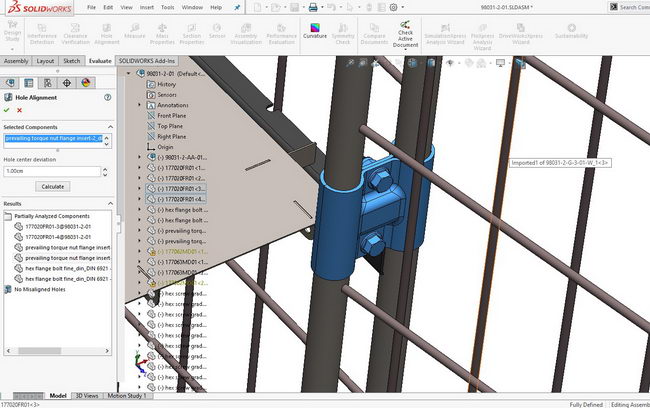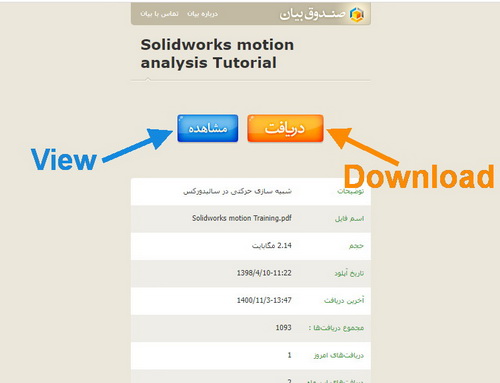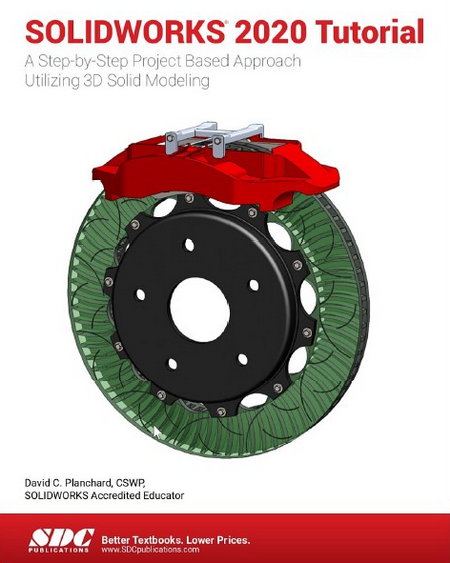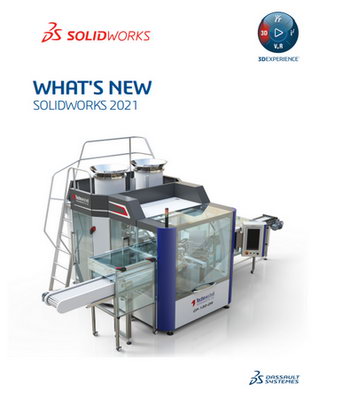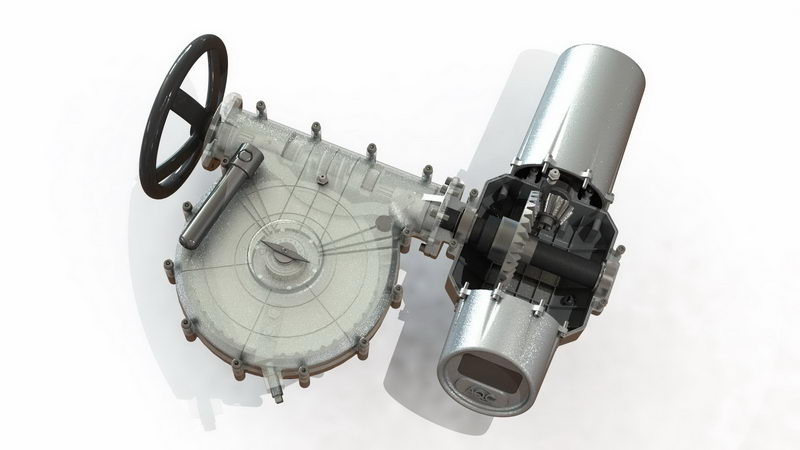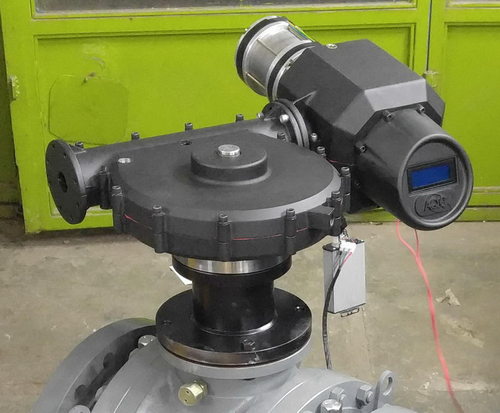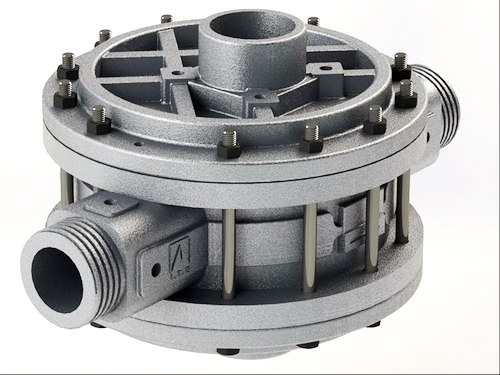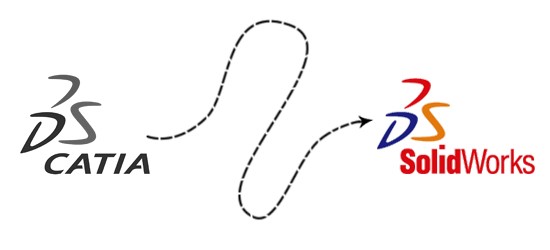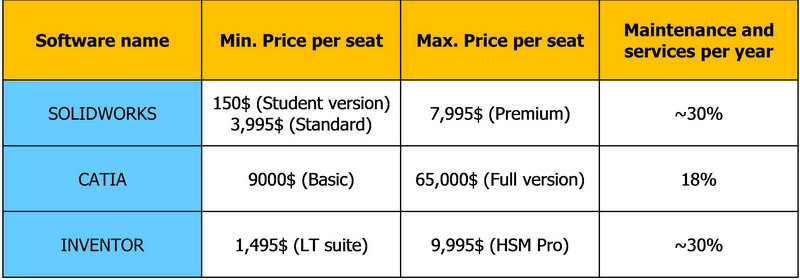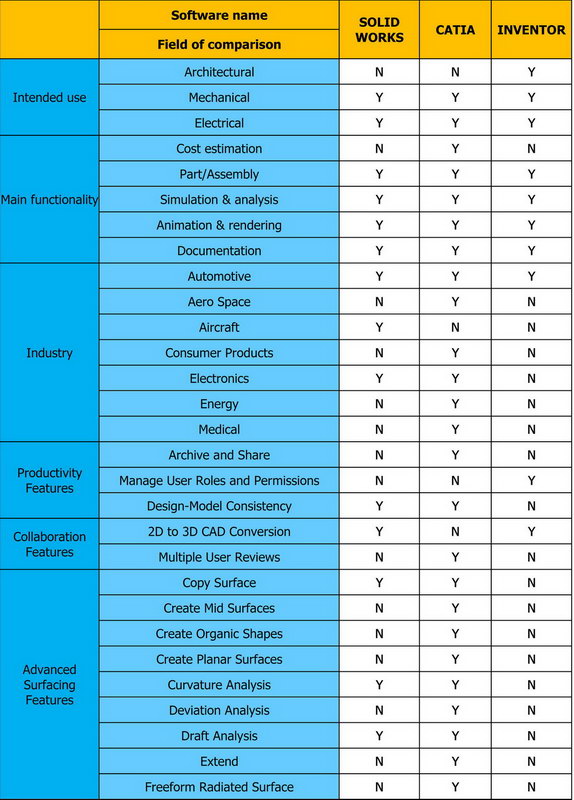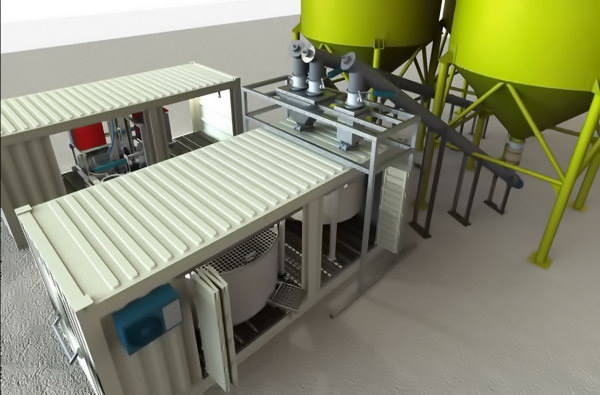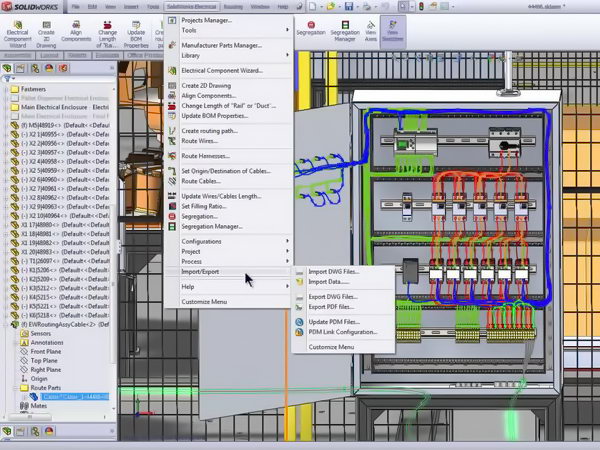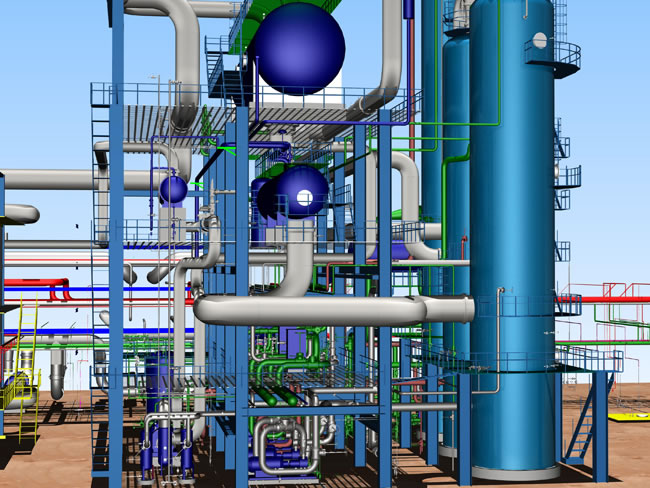Mechanical and fluid simulation(Using Solidworks)
One of the most important needs of manufacturing companies is designing new products and improving old ones. Nowadays, we can accomplish product design steps by using 3D modeling software like Solidworks. The product design process can be carried out with the help of finite element analysis software and methods including static analysis, dynamics, heat transfer and fluids dynamics (CFD).

ARA Co engineering team has a great experience with Solidworks software and simulationm projects. We have accomplished FEM and CFD simulations as a freelancer for people and companies in UK, Germany, Canada, Italy, Sweden, Turkey, Spain, Russia, Qatar, Australia, Oman, Tajikistan, Kuwait, Iraq, Armenia, Georgia, and other countries.
Our capabilities in simulation and analysis
- Analysis and simulation of fluid and heat transfer
- Static and dynamic analysis and simulation
- PyroSim and FDS - Fire and Smoke Simulation
CFD analysis using Solidworks flow simulation
Computational fluid dynamics(CFD) is a branch of fluid mechanics that uses numerical analysis and data structures to analyze and solve problems that involve fluid flows. Computers are used to perform the calculations required to simulate the free-stream flow of the fluid, and the interaction of the fluid (liquids and gases) with surfaces defined by boundary conditions. With high-speed supercomputers, better solutions can be achieved, and are often required to solve the largest and most complex problems. Ongoing research yields software that improves the accuracy and speed of complex simulation scenarios such as transonic or turbulent flows. Initial validation of such software is typically performed using an experimental apparatus such as wind tunnels. Also, previously performed analytical or empirical analysis of a particular problem can be used for comparison. Final validation is often performed using full-scale testing, such as flight tests.
CFD is applied to a wide range of research and engineering problems in many fields of study and industries, including aerodynamics and aerospace analysis, weather simulation, natural science and environmental engineering, industrial system design and analysis, biological engineering and fluid flow, and engine and combustion analysis.
Today, with increasing computer processing speed, CFD and FEM simulation have found a special place in the design and failure analysis. CFD and thermal analysis results could be:
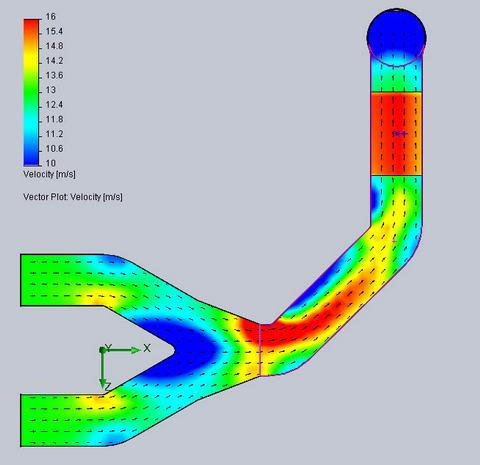
Analysis and simulation of heat transfer and fluid that can be done with software such as Fluent, Ansys and Flow works.
Analysis and simulation of industrial ventilation and air conditioning
Analysis and simulation of turbine and compressor
Analysis and simulation of tunnel ventilation
Analysis and simulation of the heat exchanger
Ventilation and HVAC simulation
Datacenter and mining farm ventilation simulation

Free surface fluid simulation(Modeling)
In physics, a free surface flow is the surface of a fluid flowing that is subjected to both zero perpendicular normal stress and parallel shear stress. This can be the boundary between two homogeneous fluids, like water in an open container and the air in the Earth's atmosphere that form a boundary at the open face of the container. Computation of free surfaces is complex because of the continuous change in the location of the boundary layer. Conventional methods of computation are insufficient for such analysis. Therefore, special methods are developed for the computation of free surface flows.
https://en.wikipedia.org/wiki/Computational_methods_for_free_surface_flow
We can accomplish free surface flow modeling and simulation with best quality.
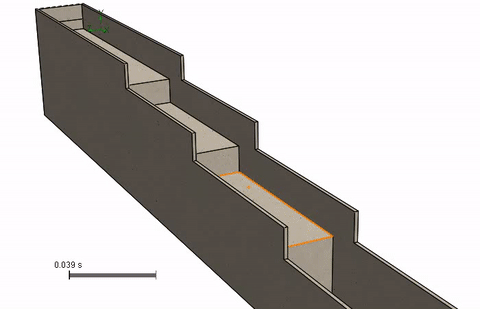
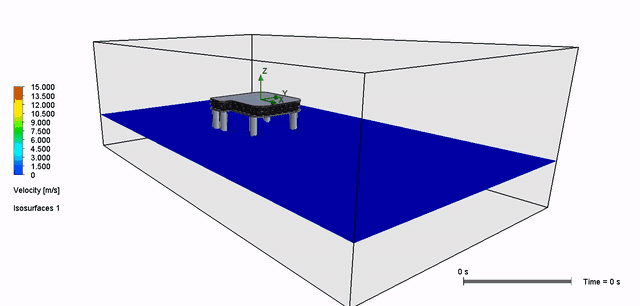
Static and dynamic analysis(Finite element method - FEM - FEA)
The finite element method (FEM) is a numerical method for solving problems of engineering and mathematical physics. Typical problem areas of interest include structural analysis, heat transfer, fluid flow, mass transport, and electromagnetic potential. The analytical solution of these problems generally requires the solution to boundary value problems for partial differential equations. The finite element method formulation of the problem results in a system of algebraic equations. The method approximates the unknown function over the domain. To solve the problem, it subdivides a large system into smaller, simpler parts that are called finite elements. The simple equations that model these finite elements are then assembled into a larger system of equations that models the entire problem. FEM then uses variational methods from the calculus of variations to approximate a solution by minimizing an associated error function.
Studying or analyzing a phenomenon with FEM is often referred to as finite element analysis (FEA).
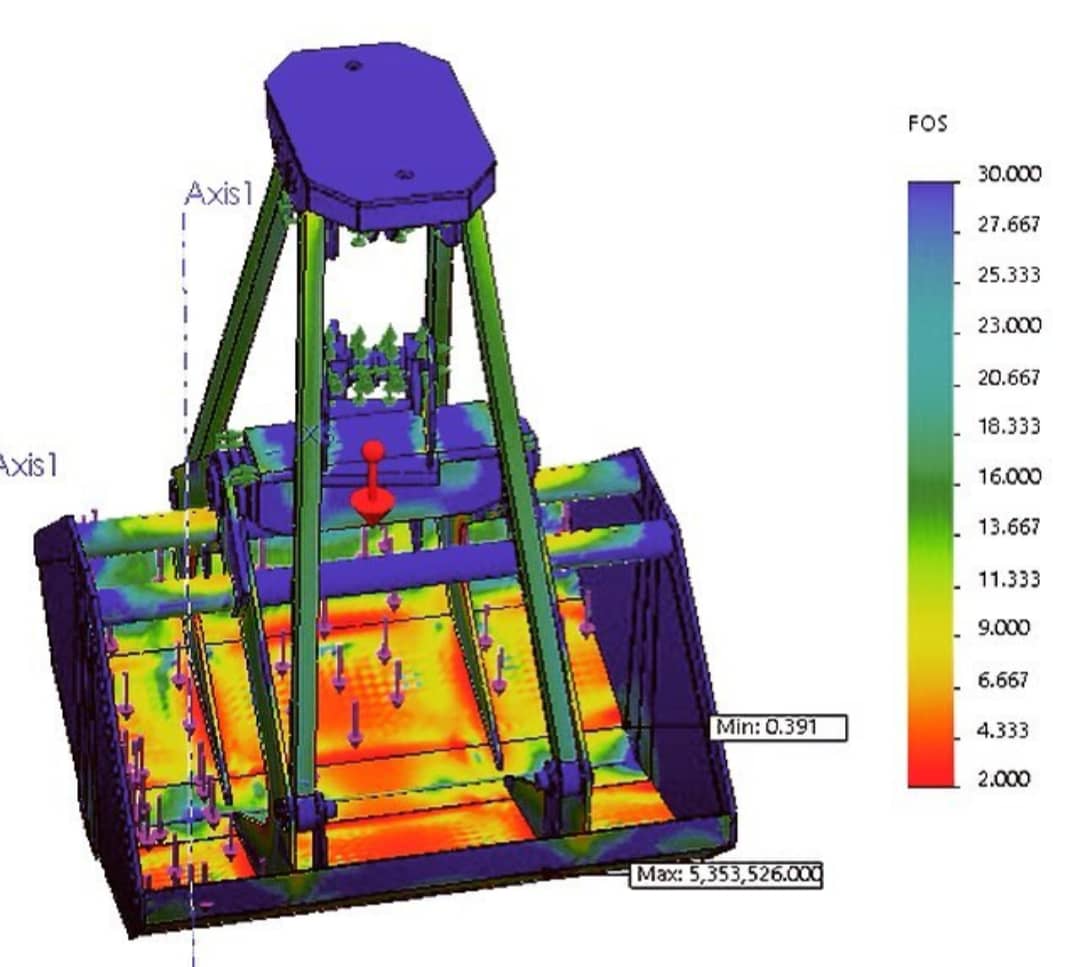
Contact us for Solidworks simulation projects
Cell phone : +989124780268 (Whats app - Telegram - Imo)
Office : +982166561974 , +982166129745
Sample projects : www.instagram.com/araco.ir
Official website : http://araco.ir/en
Related links
Solidworks Tutorial & Training PDF Free Download
Solidworks and Solidwork add in and plugin Free Download
Solidworks in Canada - 3D Modeling, design and simulation freelancer
Solidworks projects in Turkey, design, FEA -FEM-CFD free-lancer
Design projects in Australia, 3D Modeling, Rendering and CFD
Solidworks freelancer Germany, Industrial design, Animation and rendering
